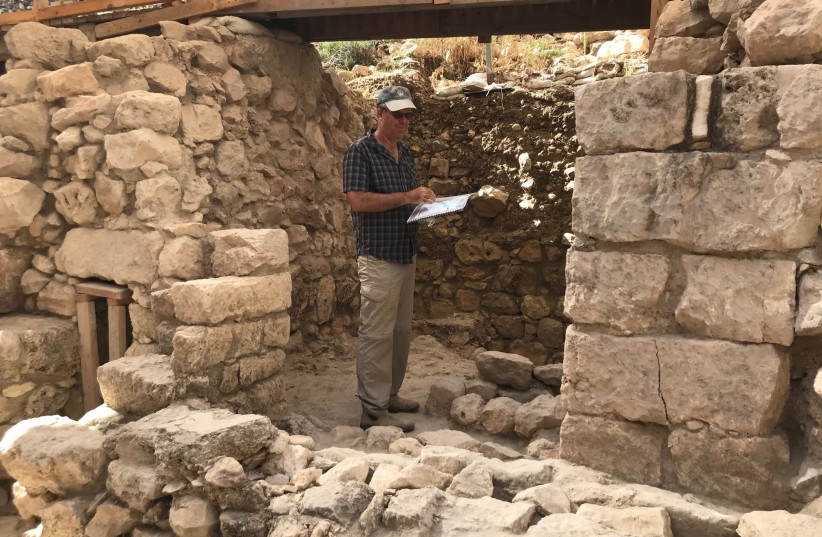How did Jews celebrate Sukkot 2,000 years ago? Archaeology offers answers
if(window.location.pathname.indexOf(“656089”) != -1){document.getElementsByClassName(“divConnatix”)[0].style.display =”none”;}else if(window.location.pathname.indexOf(“/israel-news/”) != -1){ document.getElementsByClassName(“divConnatix”)[0].style.display =”none”; var script = document.createElement(‘script’); script.src = ‘https://player.anyclip.com/anyclip-widget/lre-widget/prod/v1/src/lre.js’; script.setAttribute(‘pubname’,’jpostcom’); script.setAttribute(‘widgetname’,’0011r00001lcD1i_12258′); document.getElementsByClassName(‘divAnyClip’)[0].appendChild(script);}else if(window.location.pathname.indexOf(“/health-and-wellness/”) != -1){ document.getElementsByClassName(“divConnatix”)[0].style.display =”none”; var script = document.createElement(‘script’); script.src = ‘https://player.anyclip.com/anyclip-widget/lre-widget/prod/v1/src/lre.js’; script.setAttribute(‘pubname’,’jpostcom’); script.setAttribute(‘widgetname’,’0011r00001lcD1i_12246′); document.getElementsByClassName(‘divAnyClip’)[0].appendChild(script);}
 Tel Aviv University Prof. Yuval Gadot in the remains of the building destroyed by the Babilonyans in 586 BCE at the Givati Parking Lot Excavation at the City of David, Jerusalem. (credit: ROSSELLA TERCATIN)
Tel Aviv University Prof. Yuval Gadot in the remains of the building destroyed by the Babilonyans in 586 BCE at the Givati Parking Lot Excavation at the City of David, Jerusalem. (credit: ROSSELLA TERCATIN)





Comments are closed.